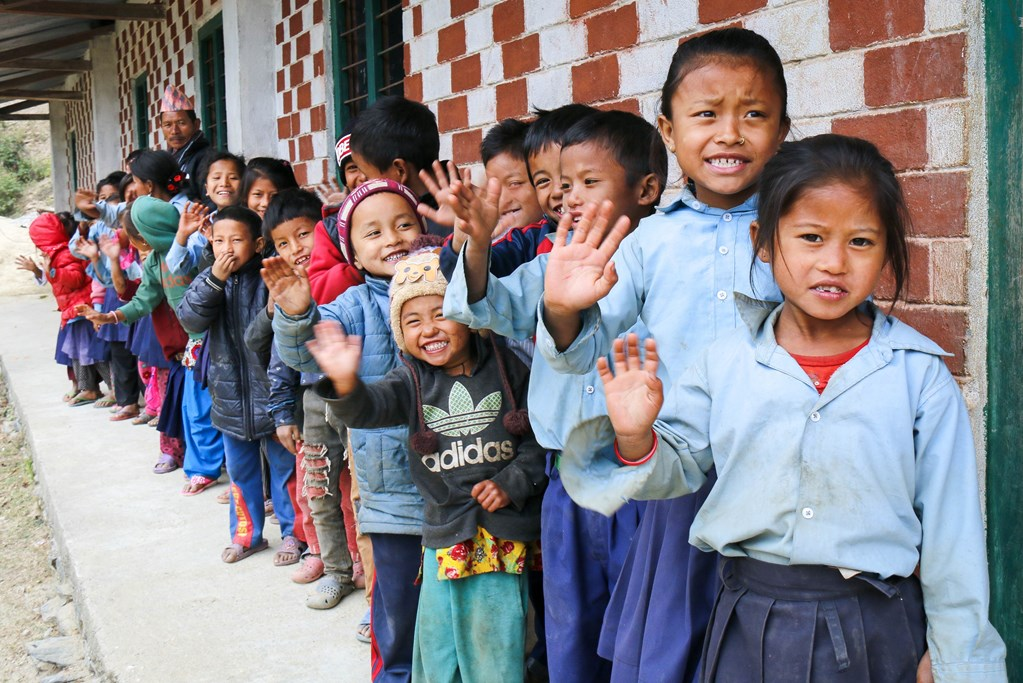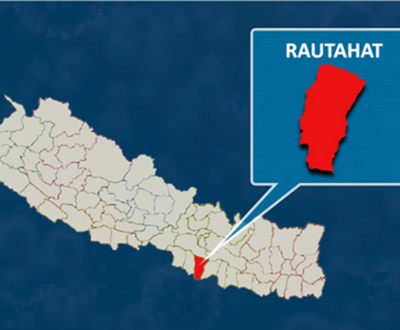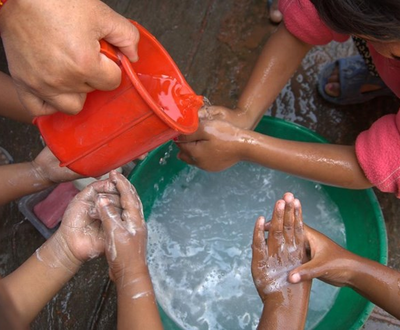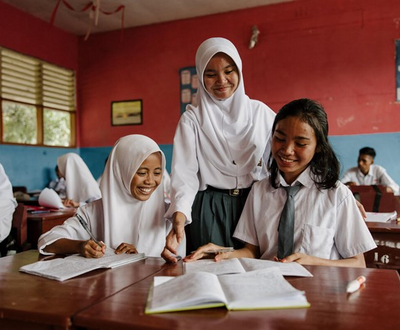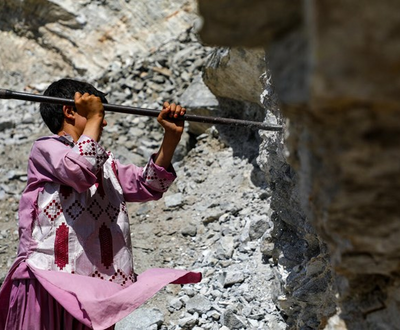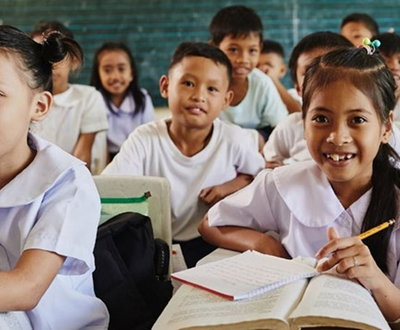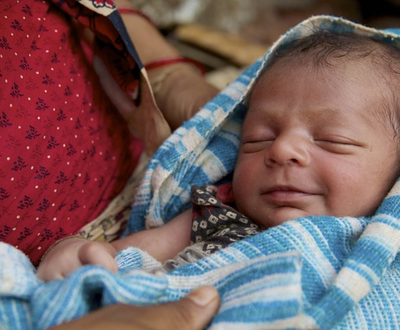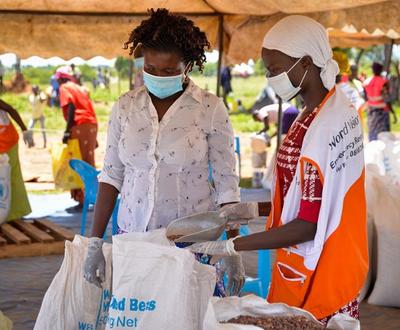Child Sponsorship transforms the lives of vulnerable children.
We work with children and their families in some of the poorest areas of Nepal, where we support families to lift themselves out of poverty for good via improved farming methods and community saving groups.
We help shield children from poverty and malnutrition.
By becoming a sponsor, you can give a child in Nepal power over their own future.
Nepal and our Area Programmes:
Priority Challenges:
For €25 per month you will:
How your donations help
With the support of our generous sponsors, the strategic goal for World Vision in Uganda is to contribute to increased and sustained well-being for children, especially the most vulnerable. This will be achieved in several ways, including:
Because of our community-focused solutions, for every child you help, 4 more children benefit, too.
The impact of Child Sponsorship
I now support my family... I want my younger siblings to complete school too because I have seen how education can change one’s life.
Why World Vision
FAQs
How do I sponsor a child?
You can easily sign up to Sponsor a Child page on the sponsor a child page or by calling our Supporter Care Team on 353 1 498 0800.
How does Child Sponsorship work?
World Vision has had a Child Sponsorship programme for more than 70 years, we pair donors with a vulnerable child who needs protection and empowerment.
Child Sponsorship brings much needed change to more than just one child — the benefits you help provide extends to each child's family, their community and other children in need.
This is because World Vision partners, plans and works alongside local community members to help build healthy, sustainable communities for vulnerable children in the world’s hardest places. Learn more about how Child Sponsorship works.
How do you choose children that will be sponsored?
All of World Vision's work begins with listening to communities in need. Community leaders work with us to identify the most vulnerable children and families who will benefit from Child Sponsorship.
How do you choose communities to work in?
We work with national governments and other international agencies to identify the regions and communities that are most in need and where the most vulnerable children live. We then meet with community leaders and the wider community to gain a greater understanding of the challenges and the opportunities that exist for them and we develop a long-term plan together, to break the cycle of poverty. Find out more about how Child Sponsorship works.
